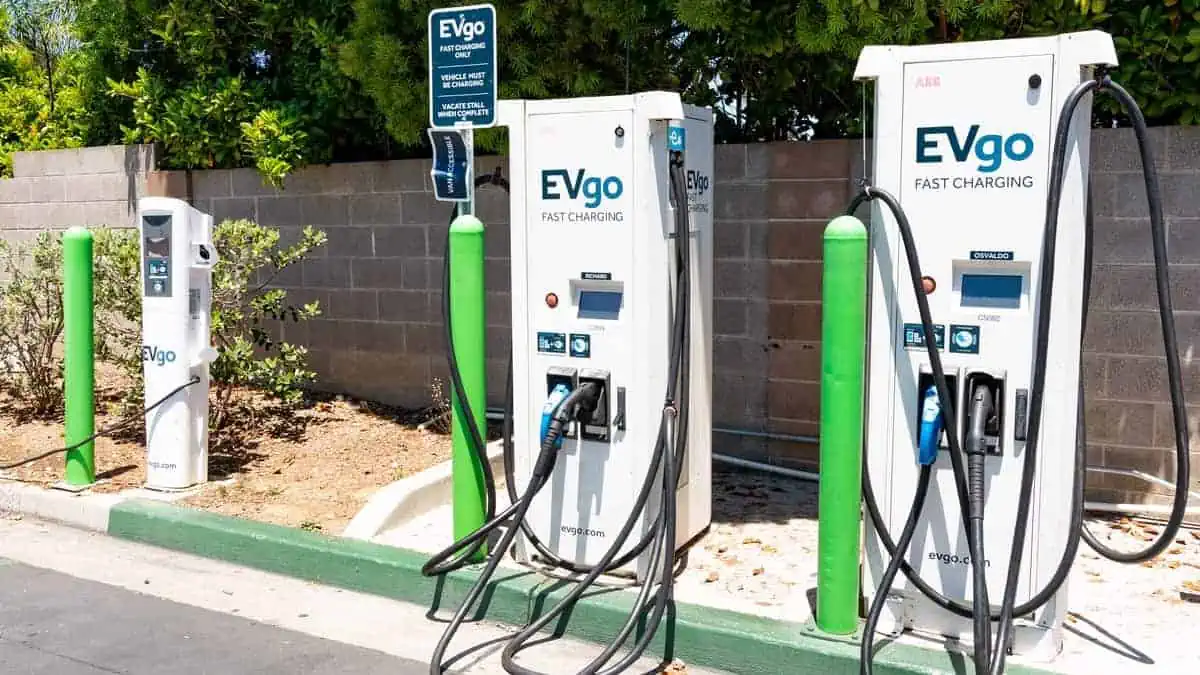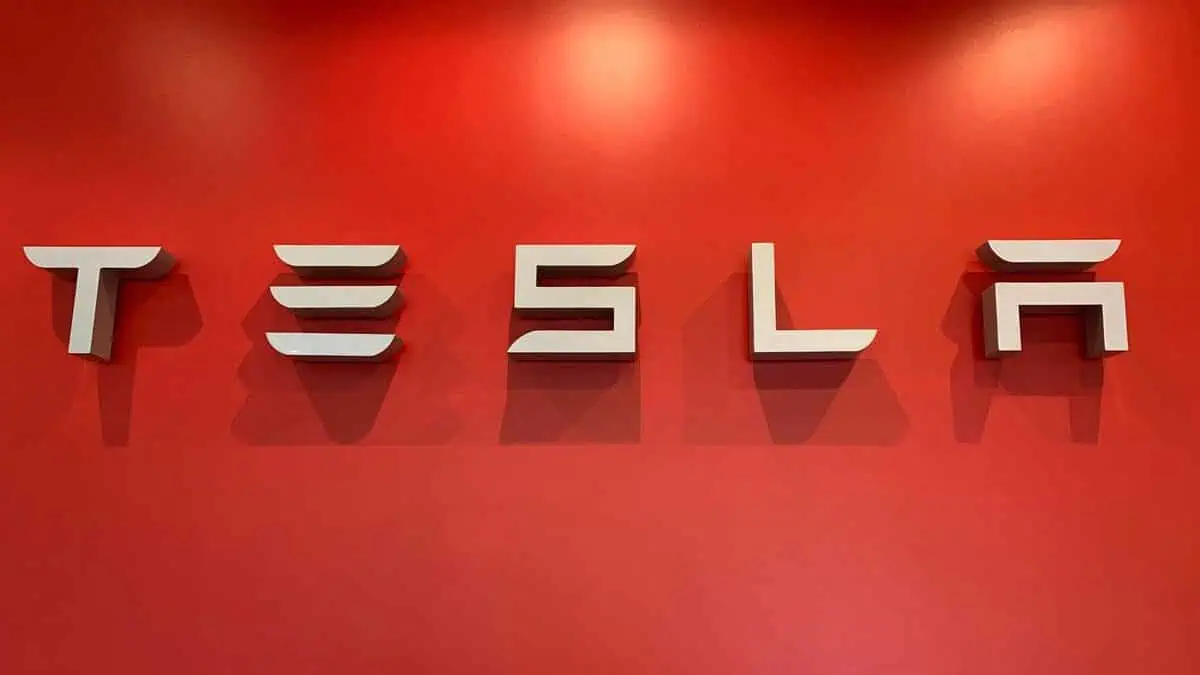Public electric vehicle charging improved outside the Tesla Supercharger network in the United States in the first quarter of the year, per JD Power’s recent E-Vision Intelligence Report.
Public EV charging customer satisfaction improves
Electric vehicle charging has long been one of the major factors discouraging potential customers from switching. In a significant advancement, EV charging infrastructures are becoming increasingly better.
According to the data, both public DC fast chargers and Level 2 chargers saw a notable increase in overall customer satisfaction in Q1 2024. However, the long-time industry leader Tesla Supercharger network continued to suffer from a decline for the second consecutive quarter.
On a scale of 1 to 1,000, overall customer satisfaction for public DC fast charging stations (including the Tesla Supercharger network) reached 663 points in the US in the first quarter. This figure indicates a 16-point increase compared to Q4 2023. On the other hand, public Level 2 chargers enjoyed a 9-point increase to 610 customer satisfaction points.
Remarkably, this period marked the highest quarter-on-quarter customer satisfaction increase with overall public EV charging since the American data analytics and consumer intelligence company started tracking the improvement three years ago.
EV owners cited faster charging speeds, easier charging, higher availability, and better physical condition of the EV charging infrastructures as the main factors increasing their satisfaction level.
Despite these astounding gains, Q2 2022 remains the record holder for DC fast chargers with satisfaction points of 679. Meanwhile, public Level 2 chargers’ highest record was 634 in Q1 2022.
Rivals gain ground on Tesla Supercharger network
Non-Tesla charging operators, including ChargePoint, Electrify America, and EVgo, substantially improved amid continued customer satisfaction decline for the Tesla Supercharger network.
According to the report, customer satisfaction in public DC fast charging networks (excluding the Tesla Supercharger network) increased by 19 points to 572 points.
Meanwhile, Tesla’s enormous Supercharger network dropped 1 point in customer satisfaction for the second consecutive quarter.
Nonetheless, the Musk-led company’s charging network remains the leading player in the US. Tesla Supercharger network’s lead is unsurprising, considering that it accounts for more than half of the DC fast chargers in the country.
The Department of Energy’s Alternative Fuels Data Center revealed that Tesla Superchargers contributed 61% of the roughly 43,000 DC fast charging ports nationwide.
Implication
With Tesla having such a strong lead in the US charging landscape, seeing third-party operators improve overall customer satisfaction is indeed remarkable. It would be crucial for the country to sustain this upward trend in the subsequent quarters.
This shift could attract future EV purchases as charging convenience becomes a bigger factor for customers. For potential buyers who were hesitant about EVs due to range anxiety, a convenient and accessible public charging network can be a game-changer. It could lead to a broader adoption of EVs and more people joining the shift.






